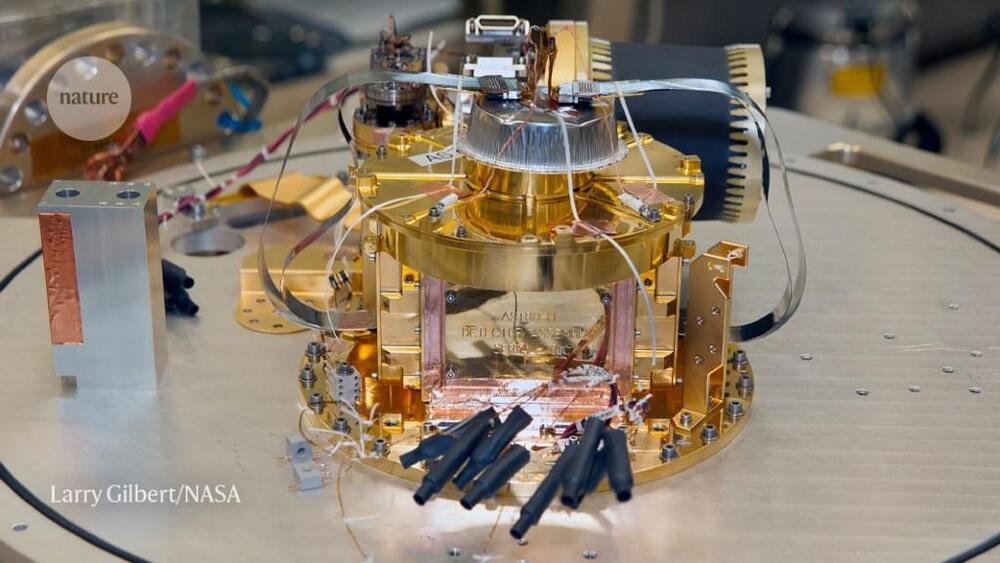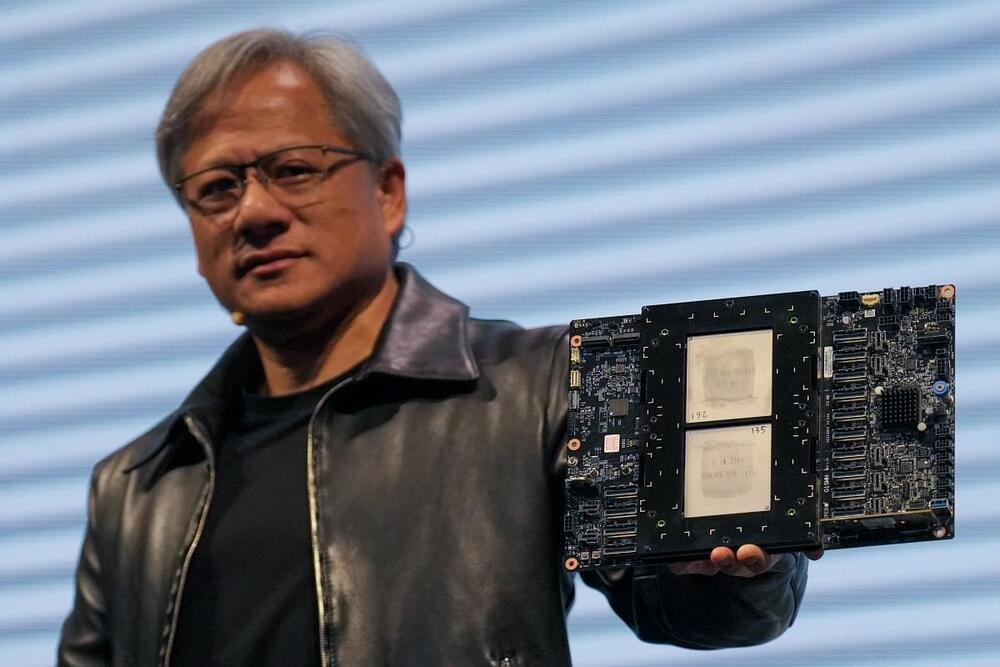XRISM’s precision measurements will unveil a Universe in motion.


So past the 7 minute mark we see a competing interest may have stumbled upon the same thing so Katcher and gang are starting a company to commercialize E5.
Here we review a preprint from Dr Katcher and Dr Horvath giving more detail on the experiments which showed a 54% epigenetic rejuvenation in rats and reveals the source of E5 and the processing involved.
Renue By Science 10% : https://tinyurl.com/35jyuk33
Lipo NMN : https://tinyurl.com/3wr8pr3t.
Lipo Berberine: https://tinyurl.com/yckxfuhe.
DoNotAge 10% discount code MHS https://tinyurl.com/ycyn9vhn.
D3/K2/Mg : https://tinyurl.com/57awunvk.
Hydrolyzed Collagen Peptides: https://tinyurl.com/4736r9w7
ProHealth 15% discount with code MODERN https://prohealth.pxf.io/c/3176409/1541296/17976
Fisetin: https://prohealth.pxf.io/5gYJ53
CaAKG: https://prohealth.pxf.io/75OrA5
NOVOS Core & NOVOS Boost $5 off with code MODERNnow5 https://novoslabs.com/?ref=3957
☕If you would like to support our channel, we’d love a coffee…thank you! _https://www.buymeacoffee.com/mhealthspan_
*Bulletproof* 15% off with coupon code: HEALTHSPAN15: _https://tinyurl.com/4npjk5vp_
*SiPhox Health* 20% Code MODERN blood test (only in US & Canada) _https://siphoxhealth.com/discount/modern_
*Insidetracker* 20% discount Code MODERN20 _https://insidetracker.sjv.io/NkbP7V_
*Delavie Sciences* 10% Code Modern Age Defying Serum https://tinyurl.com/yp2jmhy8 Eye Refresh https://tinyurl.com/mt8knv3s.
*OmegaQuant* 5% discount Code MODERN _https://omegaquant.com/shop/_
00:00 Review of paper.
This post is also available in:  עברית (Hebrew)
עברית (Hebrew)
Today’s cars can contain over 100 computers and millions of lines of software code, which are all networked together and can operate all aspects of your vehicle. It is only logical that following this shift, car theft has gone high-tech.
According to Techxplore, the computers in a vehicle can be divided into four categories; The majority are dedicated to operating the vehicle’s drive train-controlling the fuel, the battery, monitoring emissions, and operating cruise control. The second category is for safety-collecting data from in and around the vehicle for functions like lane correction, automatic braking, and backup monitoring. The third category is information-entertainment systems that provide music and video and can interface with personal devices through Bluetooth. The last category is the navigation system.
Major change in the software: No human-written rules, just pure learning.
Consider supporting this channel on Patreon: https://patreon.com/AIDRIVR
Save up to $1000 on a Tesla & get 3 months of Full Self Driving for free by using my referral: https://ts.la/john27670

This post is also available in:  עברית (Hebrew)
עברית (Hebrew)
Many users who want more from their smartphones are glad to use a plethora of advanced features, mainly for health and entertainment. Turns out that these features create a security risk when making or receiving calls.
Researchers from Texas A&M University and four other institutions created malware called EarSpy, which uses machine learning algorithms to filter caller information from ear speaker vibration data recorded by an Android smartphone’s own motion sensors, without overcoming any safeguards or needing user permissions.
Get my new Longevity Practices book for free: https://www.diamandis.com/longevity.
In this episode, filmed during Abundance360, Peter and David discuss David’s groundbreaking research on reversing aging through epigenetic changes, emphasizing that aging is not just damage to the body but a loss of information. They talk about age reversal as a possibility, rejuvenating brains, and regaining lost memories.
David Sinclair is a biologist and academic known for his expertise in aging and epigenetics. Sinclair is a genetics professor and the Co-Director of Harvard Medical School’s Paul F. Glenn Center for Biology of Aging Research. He’s been included in Time100 as one of the 100 Most Influential People in the World, and his research has been featured all over the media. Besides writing a New York Times Best Seller, David has co-founded several biotech companies, a science publication called Aging, and is an inventor of 35 patents.
Read Sinclair’s latest study, Chemically Induced Reprogramming to Reverse Cellular Aging: https://www.aging-us.com/article/204896/text.
Learn about Abundance360: https://www.abundance360.com/
Seed’s DS-01® Daily Synbiotic – a 2-in-1 probiotic and prebiotic that supports digestive health, gut immunity, skin health, heart health, and more. Try Seed’s DS-01® Daily Synbiotic, and make sure to use the code MOONSHOTS at checkout to get a 25% discount. https://seed.com/partner/moonshots.

In a talk from the cutting edge of technology, OpenAI cofounder Greg Brockman explores the underlying design principles of ChatGPT and demos some mind-blowing, unreleased plug-ins for the chatbot that sent shockwaves across the world. After the talk, head of TED Chris Anderson joins Brockman to dig into the timeline of ChatGPT’s development and get Brockman’s take on the risks, raised by many in the tech industry and beyond, of releasing such a powerful tool into the world.
If you love watching TED Talks like this one, become a TED Member to support our mission of spreading ideas: https://ted.com/membership.
Follow TED!
Twitter: https://twitter.com/TEDTalks.
Instagram: https://www.instagram.com/ted.
Facebook: https://facebook.com/TED
LinkedIn: https://www.linkedin.com/company/ted-conferences.
TikTok: https://www.tiktok.com/@tedtoks.
The TED Talks channel features talks, performances and original series from the world’s leading thinkers and doers. Subscribe to our channel for videos on Technology, Entertainment and Design — plus science, business, global issues, the arts and more. Visit https://TED.com to get our entire library of TED Talks, transcripts, translations, personalized talk recommendations and more.
Watch more: go.ted.com/gregbrockman.

